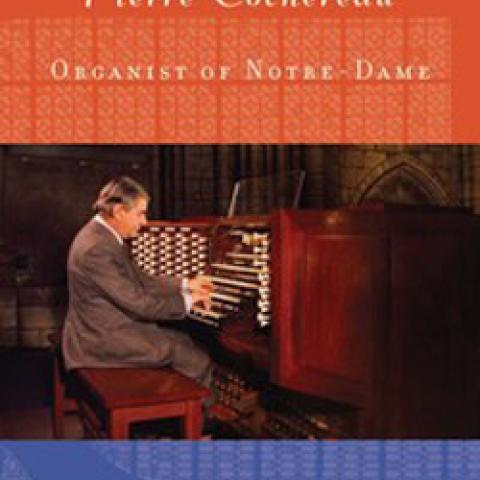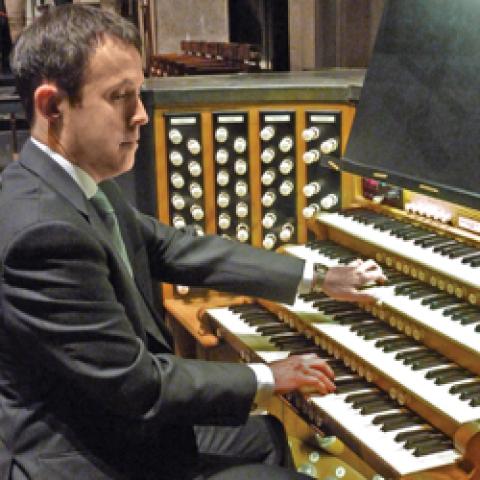
Anthony Hammond is the author of a new book, Pierre Cochereau: Organist of Notre-Dame. The book examines the career of one of the twentieth century’s greatest French organists, Pierre Cochereau (1924–84). It provides a biographical study compiled with the help of Cochereau’s surviving family and friends and previously unexamined archival documents. It covers Cochereau’s life, his recordings, his work as organist at the Cathedral of Notre-Dame in Paris, and his battles for maintaining high standards at three major French conservatories.
Anthony Hammond is organist and director of music at Cirencester Parish Church in the United Kingdom.The book was released in December 2012, 978 1 58046 405 5, 372 pages, hardbound, £55.00, Eastman Studies in Music, University of Rochester Press.
For information: http://boydellandbrewer.com/organ_books.asp.




